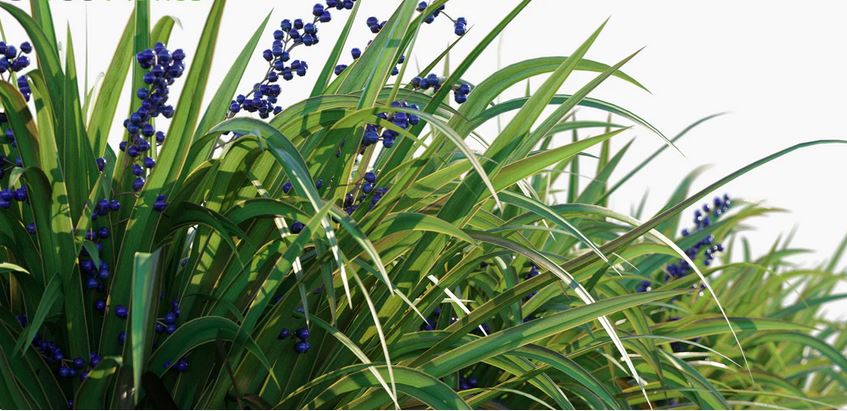March 6th, 2024Glen, about the house

Australia’s overlooked bulbous beauties
In all the countless years that we Aussie gardeners have chosen to adorn our home landscape with true blue Aussie trees and shrubs, we seem to have overlooked the beauty and colour our own bulbous plants can bring to the garden.
And sadly I feel that not all who have planted and enjoyed them have fully realised their real heritage. Besides, being native they obviously have long been acclimatised to our soils and cranky climate and are sure to be a blooming success.
Unfortunately, the locals don’t even run in second place in the bulbous stakes to those long-loved, mass produced and mass marketed, foreigners – daffodils, hyacinths, tulips and co.
They’ve had a great head start. Ever since the first Europeans came and started their home gardens, and adventurous botanists such as Baron von Mueller and Ernst Heyne (my great-grandfather) established Melbourne Botanic Gardens and Arboretum, there was a move to include Australian flora into home gardens.
Led firstly by the great standbys including acacia, eucalyptus and grevilleas but at that time bulbs weren’t even thought of.
Over the years, particularly since the mid 1950s, the nursery industry in general awoke to the fact that gardeners were keen to grow a burgeoning collection of flowering native shrubs and trees to decorate their gardens, other than just the drought-resistant eucalypts and acacias purchased by country people for sheltering stock and farm buildings.
So for quite some time we have planted an ever-widening selection of Australian trees, shrubs and climbers. So why not our bulbs? Obviously, the answer is yes, but not always in any recognisable form such as that of tulips or daffodils.
If you take the broad definition of bulbous to mean swollen or distended, detachable root segments, then you can only imagine the multitude of plant varieties at your disposal and our sunburnt plains, where it seldom rains, is no place for any sensible plant to throw out seeds – and expect them to germinate and thrive.
Unfortunately, it’s taken quite some time for native bulbous plants to compete with the massive European ones, so even now it’s probably specialist nurseries and ardent fan clubs who can supply advice and plant stock.
This is a pity, because many of these plants are not only spectacular but certainly as easy to grow as many of the introduced species.
Whilst Australia has no native true lilies such as hippeastrums and freesias, it has a variety of other genera which make very attractive garden plants. The chocolate lilies, thysanotus, weather vane, hypoxis, milk maids and burchardia come into this category.
There are others, such as crinums and calostemma, which develop if they are thoroughly saturated at planting. This starts them into growth and a couple of months later they commence to flower, provided they receive additional water to enable them to do so.
One of the most spectacular of our groups are thysanotus or fringe lilies, so named because the petals are heavily fringed. They are either tufted perennials or produce a scrambling stem.
There are probably 18 to 20 species, all with flowers of pale yellow or pale blue through to purple, or very rarely, white. In some instances the fringe of hairs is of a similar colour to the flower.
Another group is the flax lilies dianella, a genus containing about 24 species with thick, lanceolate-shaped leaves mostly varying in length from 15cm-50cm.
However one species, dianella tasmanica, pictured above, forms a tight clump of foliage up to 150cm and produces masses of glossy deep blue, cherry-sized, berries.
Got a gardening query? Email glenzgarden@gmail.com









